Bodies in the Book of Daniel
In this video we'll look at the cool things the author of Daniel does with bodies and body parts.
The Bible is the greatest work of literary genius. And The Bible is Art is a YouTube Channel devoted to explaining this literary art in all its sophistication, elegance, and design.
Patreon: https://www.patreon.com/thebibleisart
patreon: https://www.patreon.com/thebibleisart
website: https://www.thebibleisart.com
email: thisdivineart@gmail.com
twitter: @johnbhiggins
music: Kai Engel, "Coelum" (https://www.kai-engel.com)
| How to Learn to Read the Bible as Literary Art |
Reading Biblical Narrative: An Introductory Guide (https://amzn.to/30LzaRa)
Narrative Art in the Bible (https://amzn.to/30RVGIb)
The Art of Biblical Narrative (https://amzn.to/3aDrIfk)
Old Testament Narrative: A Guide to Interpretation (https://amzn.to/38rcE2C)
The Poetics of Biblical Narrative (https://amzn.to/2Gh4cqE)
| Literary Structure |
Literary Structure of the Old Testament (https://amzn.to/30Jdm8X)
Style And Structure In Biblical Hebrew Narrative (https://amzn.to/2RDTTlQ)
| Genesis |
Creation: The Story of Beginnings - Grossman (https://amzn.to/2GlPwq9)
Abram to Abraham: A Literary Analysis of the Abraham Narrative - Grossman (https://amzn.to/2v7id7Z)
Narrative Art in Genesis - Fokkelman (https://amzn.to/2ulmd4t)
A Commentary on the Book of Genesis (Part I) - Cassuto (https://amzn.to/2NOAhdt)
A Commentary on the Book of Genesis (Part II) - Cassuto (https://amzn.to/2Gcuk6d)
Genesis: A Commentary - Waltke (https://amzn.to/2vaBvt7)
The Gospel of Genesis: Studies in Protology and Eschatology - Gage (https://amzn.to/2RGjRFo)
Abraham and All the Families of the Earth: A Commentary on the Book of Genesis 12-50 - Janzen (https://amzn.to/2TVyCqJ)
Genesis 1-15, Volume 1 - Wenham (https://amzn.to/2TQnYRO)
Genesis 16-50, Volume 2 - Wenham (https://amzn.to/3aDY21J)
| Transcription |
Daniel frequently talks about bodies and particular body parts: hair, head, nails, knees, feet, bowels. There are dreams of bodies, bodies thrown in furnaces and lions dens and bodies being resurrected. And the more you read about these bodies the more you realize that the author is trying to do something. He is doing something similar to Plato in the Republic where Socrates is trying to understand justice in a city and to do that he says we must undersand justice in a person, in a soul. Justice in the soul happens when the three parts, the rational, the spirited, and the appetitive, are all in harmony.
But the important part for us is that there’s a connection between the person and the city. You see, Daniel was written to encourage the Israelites who were exiled in a foreign country. So Daniel presents images of two bodies: the good and the evil body. The righteous body and the Worldly body. Daniel unfolds their characters and destinies of these corporate bodies. Is a beautiful literary construction, everytime there is a body or body parts those are putting together an image of the corporate bodies of a righteous and wicked nation. And these two bodies are contrasted providing the Israelites in exile with two options. Let me show you how.
The first picture of a body is Daniel’s body, the good body, in chapter 1. Daniel and his friends refuse to eat the kings’s food but their bodies become strong. Unlike Adam in the garden who ate, Daniel refuses to eat, refusing to receive his life from the Worldly kingdom and becomes stronger for it.
The next body is the Worldly body and we see this in Chapter 2. King Nebuchadnezzar has a dream of a huge body made of four different materials, and the author describes this body from head to toe in seven parts, it’s like the perfect worldly body. And Daniel tells Nebuchadnezzar that these four material parts symbolize four successive kingdoms, and that Nebuchadnezzar is the first, he’s head of gold. Now the destiny of this body is that it is smashed to pieces by a stone that’s cut out of a mountain. So the picture is that in contrast to Daniel’s strong body, The Worldy body even though it’s larger and more impressive, is destined for destruction.
In the next chapter, the worldly body continues. Nebuchadnezzar misinterprets the vision and makes a statue of himself, his body, made of gold and requires everyone to bow down to the statue of his body. Notice, he is requiring everyone else’s body to do something, to bow down. And if they don’t, their bodies will be thrown into a firey furnace.
Well, Daniel’s friends Shadrach, Meschach, and Abendego, don’t do it and their bodies are thrown into the firey furnace. Then, the narrator tells us that “the fire had not had any power over the bodies of those men. The hair of their heads was not singed and their cloaks were not harmed.” Remember this, we are told about their hair and their clothing, we will see this again.
-
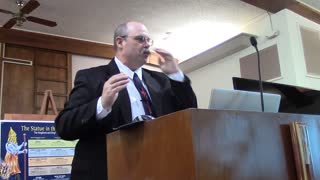 1:03:39
1:03:39
Eastview1105
3 years agoBook of Daniel
55 -
 10:26
10:26
ComfortBibleReading
2 years agoReading of the book of Daniel chapter 2
76 -
 21:46
21:46
UnlearnChurch
2 years agoOpening the book of Daniel
10 -
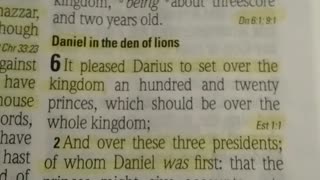 8:29
8:29
KJVjane
2 years agoDaniel 6
64 -
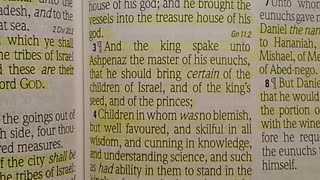 5:51
5:51
KJVjane
2 years agoDaniel 1
58 -
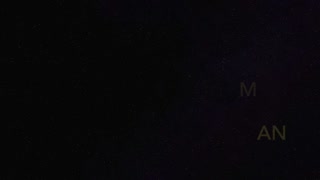 4:10
4:10
Bible scripture with original Music
3 years agoBook of Daniel 8: 15-19
34 -
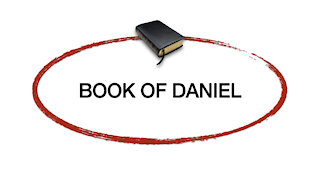 35:34
35:34
addedSOULS
3 years agoTHE BOOK OF DANIEL (12)
330 -
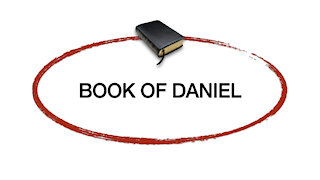 36:43
36:43
addedSOULS
3 years agoTHE BOOK OF DANIEL (11:21-45)
320 -
 40:20
40:20
addedSOULS
3 years agoTHE BOOK OF DANIEL (11:2-20)
110 -
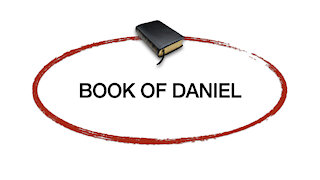 41:50
41:50
addedSOULS
3 years agoTHE BOOK OF DANIEL (9:1-19)
103